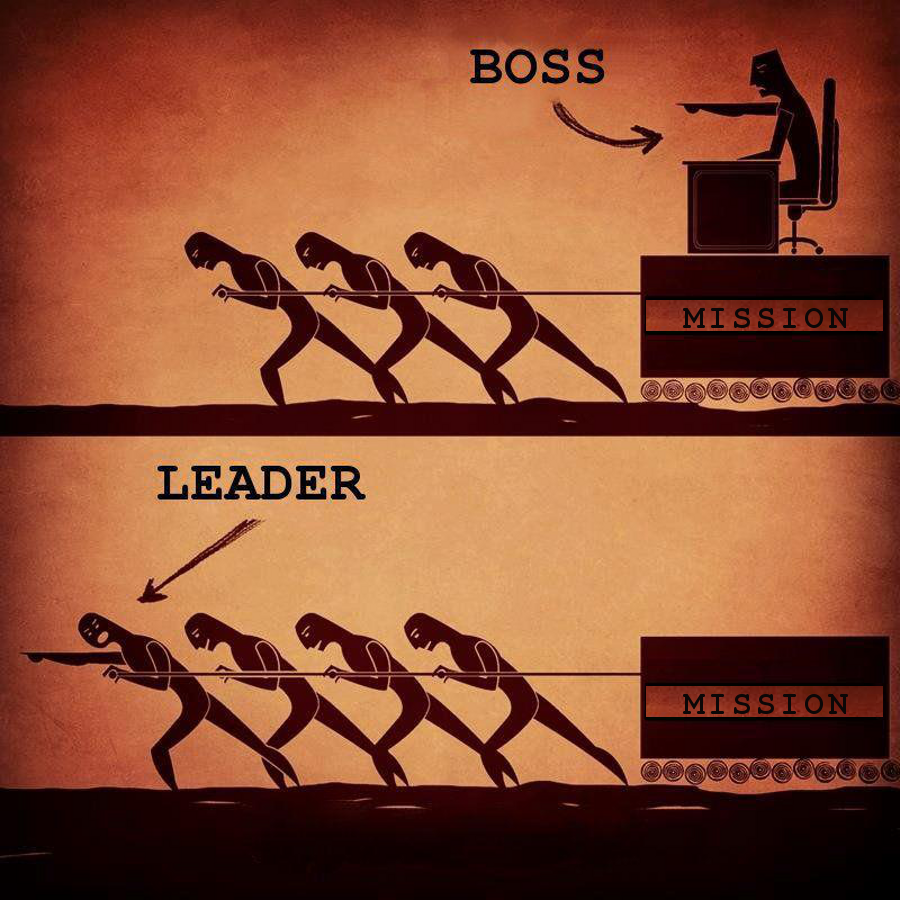Do your prospects perceive you as a commodity even if you don’t? Do they see you as the “yes I’ll consider working with you if you can give me a discount?”
Guess what, you’re the 20% guy (or girl….)
How do you know? They say things to you like, “things are tough and I’d like to give you a shot but you have to beat this price” and you fall for it. So here’s the question. If you are not always the cheapest and you have business, how is that possible? If everyone buys because it’s all the same and they’ll only switch with a discount, how does anyone have any business?
Today I worked with an insurance agency that gets it. Their top salesperson was giving examples of how he works with, or in some cases refuses to work with his prospects. Right from the beginning he is clear that he may not be able to save them money and may even be higher then they are paying now but he has the ability to bring a true consultative approach to the conversation and if they respect and are open to that he can do a true diagnosis of the situation.
Some of the prospects he talks to are quickly brushing him off. They tell him if he can’t save them money, forget it. He is so thankful when that happens. Why? Because time is the only true asset we have in sales and to save some by spending more time with qualified prospects is invaluable.
What does qualified mean? It doesn’t mean (for example) you call on organizations with a minimum of 200 employees only. Since they fit that criteria they’re qualified…no it’s much more then that.
1) Do they have needs that aren’t being met by there existing representative?
2) Are they willing to share these with you and openly discuss their situation; the good, the bad and the ugly?
3) Will they open their ” files” to you so you can do a true analysis and not hold back?
4) What will they do if you are not going to be the least expensive but solve some of the issues you uncover and give them a true assessment?
These are a few of the things that need to be dealt with when you prequalify a prospect. What are we really talking about here? Plain and simple we are talking about trust. Yes, trust. This is the deciding factor in this or any other relationship. Without trust you have game playing, bidding wars and all around time wasters.
How is trust gained? Certainly not by telling them you are trustworthy. Why not? Because people trust you based on your actions not what you say. It’s the way you work with them, the question you ask them and truly listening to what they say.
Don’t jump to a proposal, don’t promise them anything especially not too early and always pull back with questions like ” can you save us money? Can you give us better coverage’s or better service?” Yes pull back. The answer to these questions should be something like, ” I certainly hope so and that’s our goal but it’s too early in the process to really tell you any of that with confidence”
Scary? Yep I get it but start telling the truth, even if it hurts. Have the tough conversations with the tough questions. That’s where true respect and trust come from. You sure don’t want to be the 20% guy, do you?










